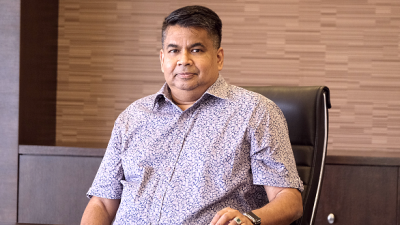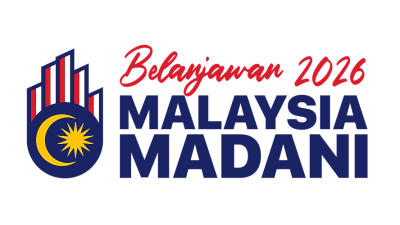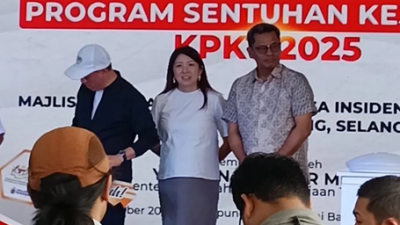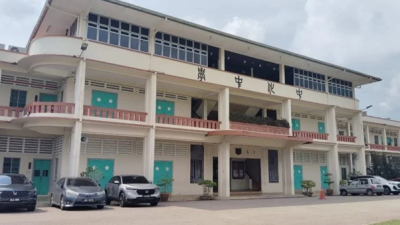
For a developing country like Malaysia, infrastructure development is crucial for generating income.
However, this development often comes at the cost of environmental destruction, leading to significant loss of flora and fauna.
Rapid urbanisation and development, not only in Malaysia but globally, have plunged the Earth into a climate crisis so deep that even if we manage to limit global warming to 1.5 °C above pre-industrial levels, sea levels are projected to rise 23 cm by 2054, putting several Pacific island nations at risk of severe flooding (Free Malaysia Today, 2024).
Various steps have been taken to mitigate the environmental impact of development.
Notably, the Environmental Impact Assessment (EIA) was established to help people understand the extent to which a development project will affect the surrounding environment.
Although the EIA has been in operation in Malaysia since 1979, it did not become a legislative requirement until 1988.
This was despite the amendment of the Environmental Quality Act 1974 (Act 127) in 1985, which included EIA under Section 34A (Ho et al., 2020).
Despite the EIA being operational and a requirement for certain scale development plans for much of Malaysia’s post-independence history, its transparency has often been questioned.
One such case is the EIA involving Bakun Dam in Sarawak.
This project has been frequently highlighted for its numerous EIA-related issues. According to Lin-Heng (2015), the EIA for the Bakun Dam was broken into four parts, with the first three parts initially withheld from the public.
Although these parts were eventually released in May 1995, the EIAs failed to address various facets of the project, including its long-term impacts, the dam’s lifespan, and the rationale behind its construction.
Later, the EIA for the Bakun Dam was classified as an official secret under the Official Secret Act (OSA) and to the best of public knowledge, these documents remain confidential (Makmor et al., 2020).
Unfortunately, this is not an isolated case and cannot be considered an early attempt at establishing EIA protocols.
Makmor et al. (2020) identified seven different projects that have undermined the EIA process, including the Bakun Dam (Sarawak, 1995), Murum Dam (Sarawak, 2008), Baram Dam (Sarawak, 2012), Kuantan bauxite mine (Pahang, 2014), Raub Australian Gold Mine (Pahang, 1997), Kuala Tahan sturgeon farm (Pahang, 2014), and Lynas Plant (Pahang, 2012).
All the above projects’ EIA have sparked controversies regarding their transparency and sometimes blatant disregard for law and order.
For instance, the proponents of Baram Dam used coercive tactics, the sturgeon fish farm project was carried out despite the Detailed EIA being rejected by the Department of Environment (DOE), and the bauxite mine in Kuantan did not even submit an EIA report during the bauxite rush in 2014.
Just recently, the proposal to build a waste-to-energy plant in the form of an incinerator in Rawang has stirred up more controversies regarding the implementation of EIA.
According to reports, the managing director of KDEB Waste Management, Ramli Mohd Tahir, stated in 2023 that construction of the incinerator would begin in June of 2024, with the first phase of the project expected to be completed in 36 months (Malaysiakini, 2023).
Even though it was unclear whether construction had started, it appears that no EIA report regarding the incinerator had been submitted as of May 2024 (Free Malaysia Today, 2024a).
This is a clear violation of the law, as incinerators are classified as thermal treatment plants for solid waste under the Second Schedule of Act 127, which mandates that EIA reports be publicly displayed and open for public comment.
With so many precedents, one has to wonder what has become of the EIA process.
Mega projects’ EIA have sparked controversies regarding their transparency and sometimes blatant disregard for law and order.
It seems as if the EIA report is merely a formality to comply with procedures, allowing developers to “legally” pursue and sell their projects to the government rather than a tool to inform the public about the potential impacts and gather public opinion.
The case study in Kelantan seems to support this conclusion as well.
According to Samsurijan et al. (2018), 222 EIA reports were approved by the Kelantan government from 2000 to 2015, with a notable increase in approval speed in 2008, when 31 reports were approved in a single year.
Of these, 78.1% were approved for agricultural projects, including logging, which is known to increase the risks of natural disasters such as landslides and floods.
Approving 222 reports in 15 years means that, on average, the DOE approved 1.2 projects per month, which is concerning.
Indeed, Samsurijan et al. (2018) found that from 2010 to 2015, the approval time for each project was less than two months, with 41 out of 109 reports in that period receiving approval less than a month after submission.
With such hasty approvals, it is hard to believe that any EIA reports were properly scrutinised before approval.
Insufficiently reviewed reports mean that the approved projects may pose serious environmental threats.
It is clear that the laws surrounding EIA need to be changed to ensure transparency.
Minister of Natural Resources and Environmental Sustainability, Nik Nazmi Nik Ahmad, has made valiant efforts to enhance EIA practices.
In September 2023, the government made EIA reports submitted to the DOE available for download (Malaysiakini, 2023a).
Later, in 2024, the parliament passed an amendment to Act 127, which included increased penalties for not submitting an EIA report before starting prescribed activities and for violating prohibition orders.
However, increased penalties are borderline ineffective without strict enforcement and unchanged criteria.
With all the precedents, it is clear that enforcement is the biggest stumbling block to credible EIA reports.
For one, the government should consider requiring the public display of EIA reports for projects under the First Schedule, as the vast majority of projects fall under this category.
Implementing these measures can limit the potential corruption where developers might otherwise bribe their way to approval without submitting an EIA report.
Additionally, ensuring public access to EIA reports for projects that affect daily life can strengthen the push for freedom of information, enhancing our global image.
Beyond the public display of EIA reports for projects under the First Schedule, it is also recommended that the display and comment submission period be extended.
Currently, EIA reports are displayed for 30 days from the announcement date, and the general public has 45 days to submit their comments to the DOE.
While this period can be suitable for projects under the First Schedule, a display period of 60 days and a comment period of 80 days should suffice for projects under the Second Schedule, given their sheer scale compared to those under the First Schedule.
Enforcement is understandably challenging as the DOE is having manpower issues due to budgetary constraints, as Nik Nazmi Nik Ahmad has admitted in 2022 (Malay Mail, 2022).
However, this issue can be addressed by employing modern technology, such as drones and Artificial Intelligence (AI).
Using drones to capture images over time, combined with AI to analyse minute differences, simplifies the process of sending officials for manual inspections.
This will not only solve manpower issues but also speed up the process and increase human safety.
Photographs can be sent directly to a secure server or database (perhaps blockchain enabled) for analysis, and once anomalies are detected, the DOE can proceed with the necessary further procedures.
This approach not only reduces the manpower needed for site inspections and data analysis but also minimises the potential for evidence tampering and prevents corrupt individuals from benefiting.
With the world racing against time to curb the increasing threat of climate change, we must commit to balancing development and environmental protection for our future’s sake.
The recent amendment to Act 127 has significantly increased the penalties for violating EIA procedures.
Now is the perfect time to ensure the enforcement is robust enough to plug loopholes and stop culprits from exploiting it.
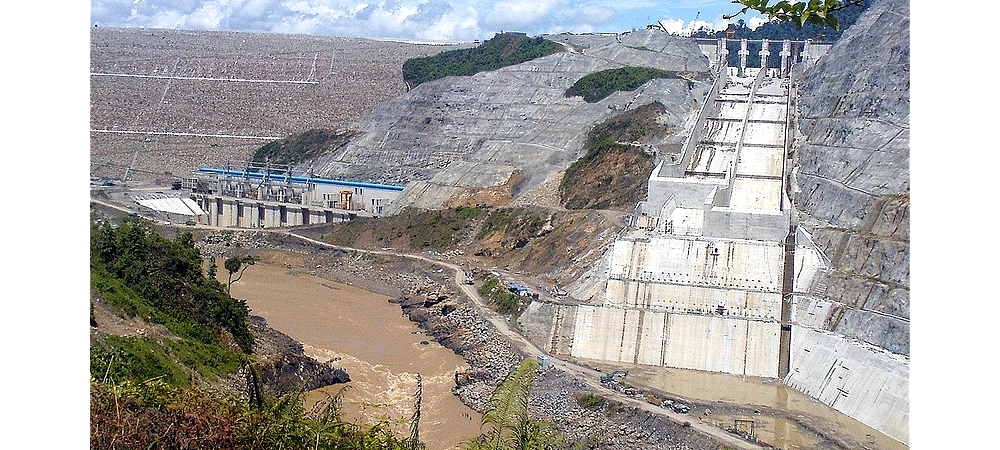
(Chia Chu Hang is a Research Assistant at EMIR Research, an independent think tank focused on strategic policy recommendations based on rigorous research.)
ADVERTISEMENT
ADVERTISEMENT







